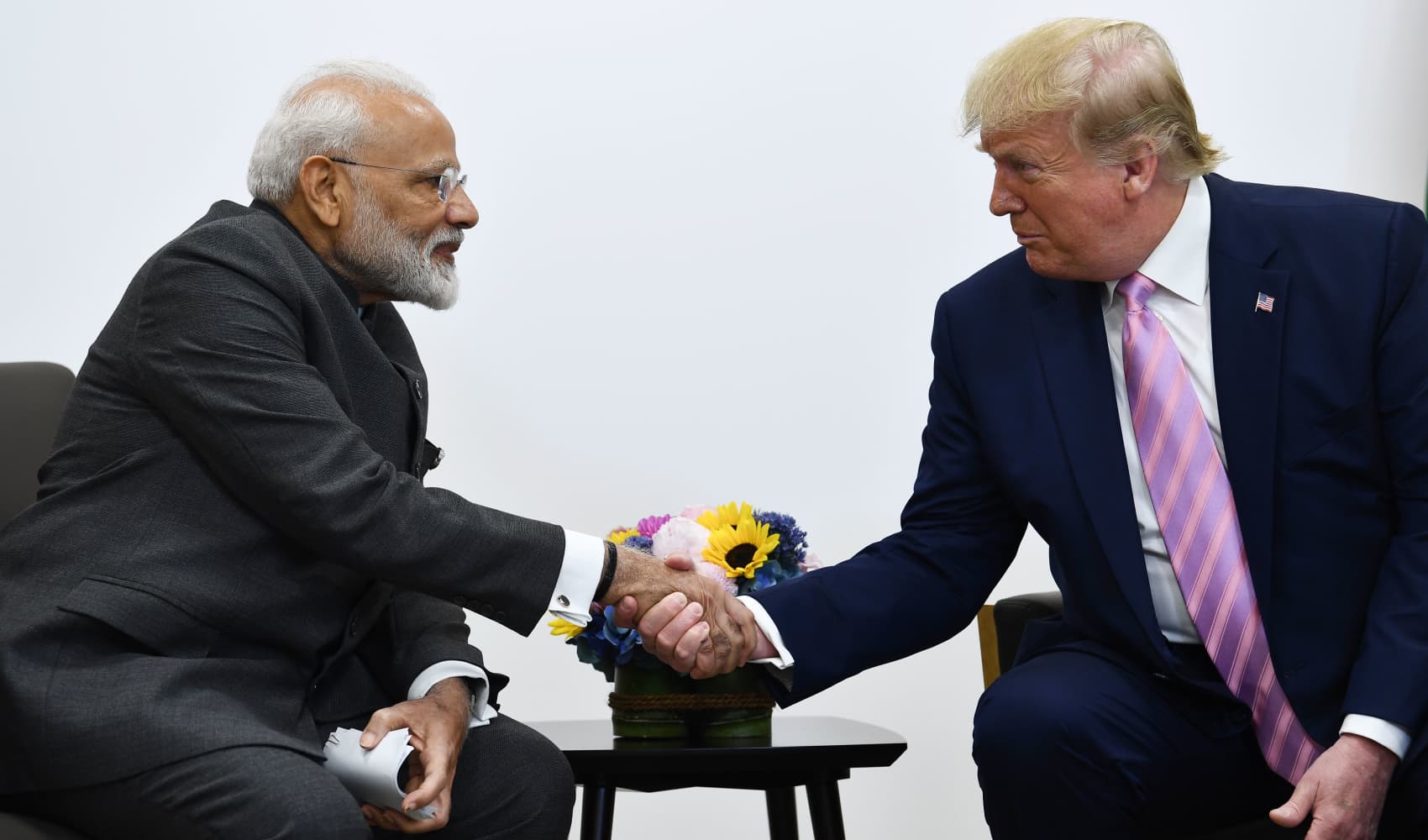Global trade dynamics are undergoing significant shifts as major economies navigate evolving U.S. tariff policies and their broad implications. Recent announcements from Washington have introduced new complexities into international commerce, prompting a reevaluation of established trade relationships and economic alliances. This evolving landscape demands close attention from policymakers, businesses, and investors alike.
In a notable development, a substantial tariff of 25% has been unilaterally imposed on goods from India, exceeding initial expectations for a more favorable trade agreement. This move signifies a more assertive stance in U.S. trade negotiations, particularly as other key trading partners, including South Korea, Japan, and the European Union, have reached agreements for a lower 15% tariff rate on their U.S. imports. The difference in treatment highlights the individualized approach being taken by the current administration.
Beyond traditional trade balance considerations, the White House’s current trade policies appear to factor in a nation’s broader international affiliations. Reports indicate an additional “penalty” alongside the new tariff for India, linked to its ongoing military and energy transactions with a particular country. This suggests a strategic element to trade policy, where diplomatic alignment and partnerships play an increasingly prominent role in determining economic outcomes.
The imposition of these new tariffs unfolds against a backdrop of surprising U.S. economic resilience. The economy expanded by an impressive 3% in the second quarter, surpassing analyst predictions. Furthermore, leading technology companies are reporting robust earnings, consistently outperforming market expectations. This domestic economic strength may provide the U.S. administration with greater leverage in pursuing its assertive global trade agenda.
Meanwhile, the Federal Reserve has maintained current interest rates, a decision marked by a rare display of dissent among committee members, with multiple governors casting opposing votes. Federal Reserve Chair Jerome Powell indicated that the central bank is closely monitoring the potential effects of these new tariffs on inflation and overall economic stability, signaling a cautious approach amidst global uncertainties.
The wider market reacted to these developments, with U.S. stocks experiencing a downturn following the Federal Reserve’s conference. Markets across the Asia-Pacific region also largely declined, as evidenced by a significant profit drop reported by a major electronics firm and falling Chinese markets due to disappointing manufacturing data. These market movements underscore the interconnectedness of global economic factors and policy decisions.
Adding another layer to market dynamics, investors are increasingly engaging in aggressive borrowing to finance stock purchases. Financial analysts view this trend as a sign of elevated market exuberance, a phenomenon last observed during previous periods of market bubbles. This behavior suggests a heightened risk appetite among investors, potentially influenced by the ongoing economic strength and corporate performance.
As the August 1st deadline approaches for the implementation of these higher tariff rates, global economies are bracing for increased economic uncertainty. The nuanced approach to trade deals, the consideration of international relationships, and the domestic economic backdrop all contribute to a complex and unpredictable global trade environment that will continue to evolve in the coming months.






Leave a Reply